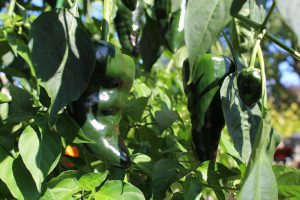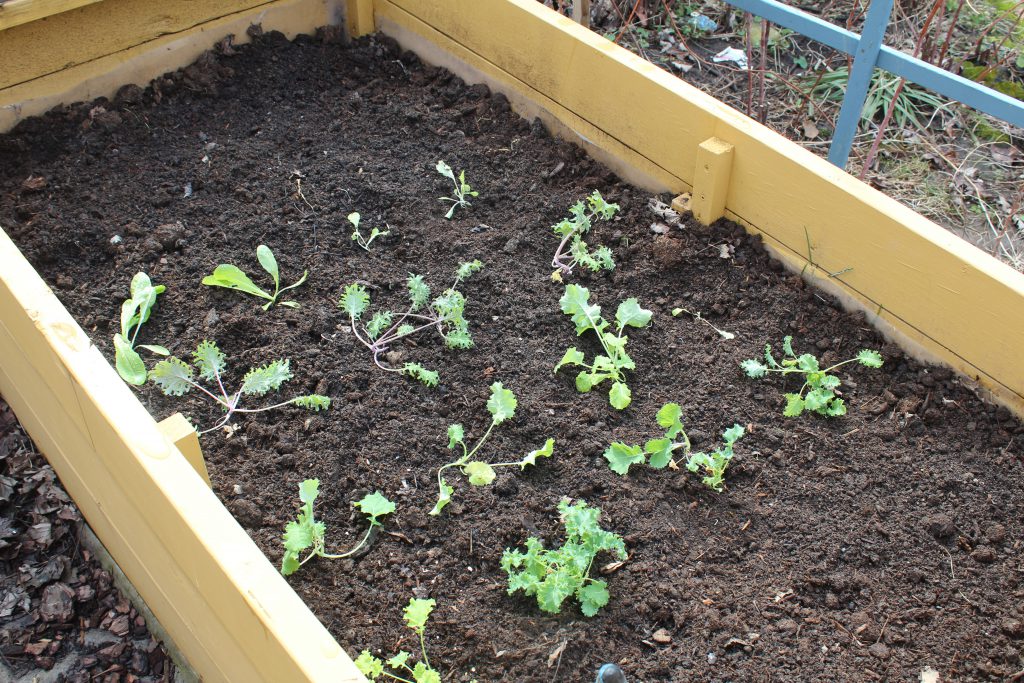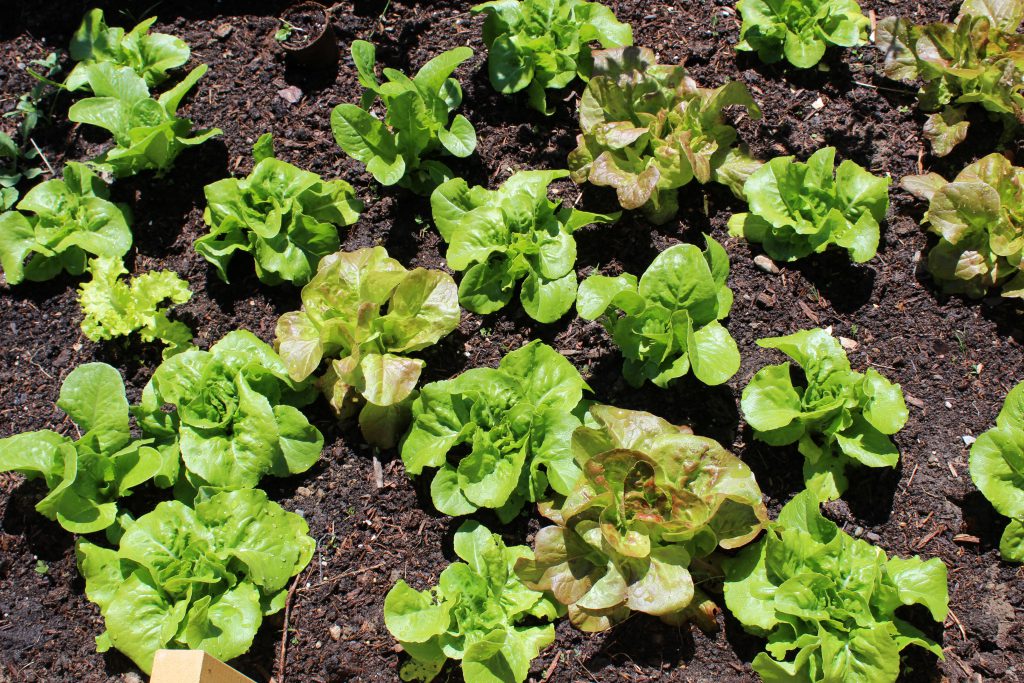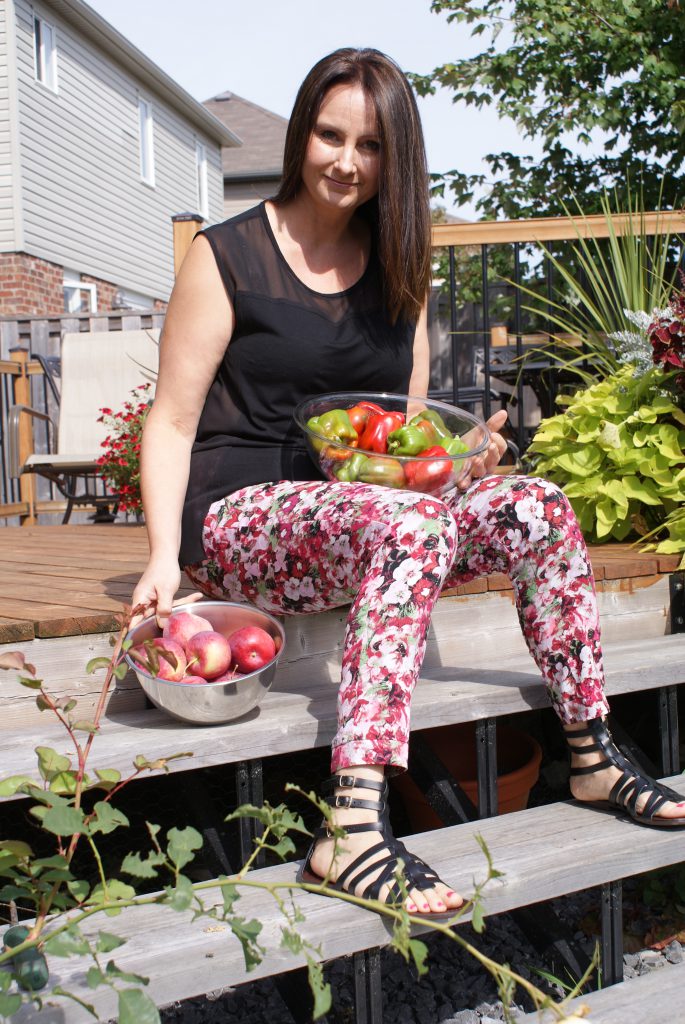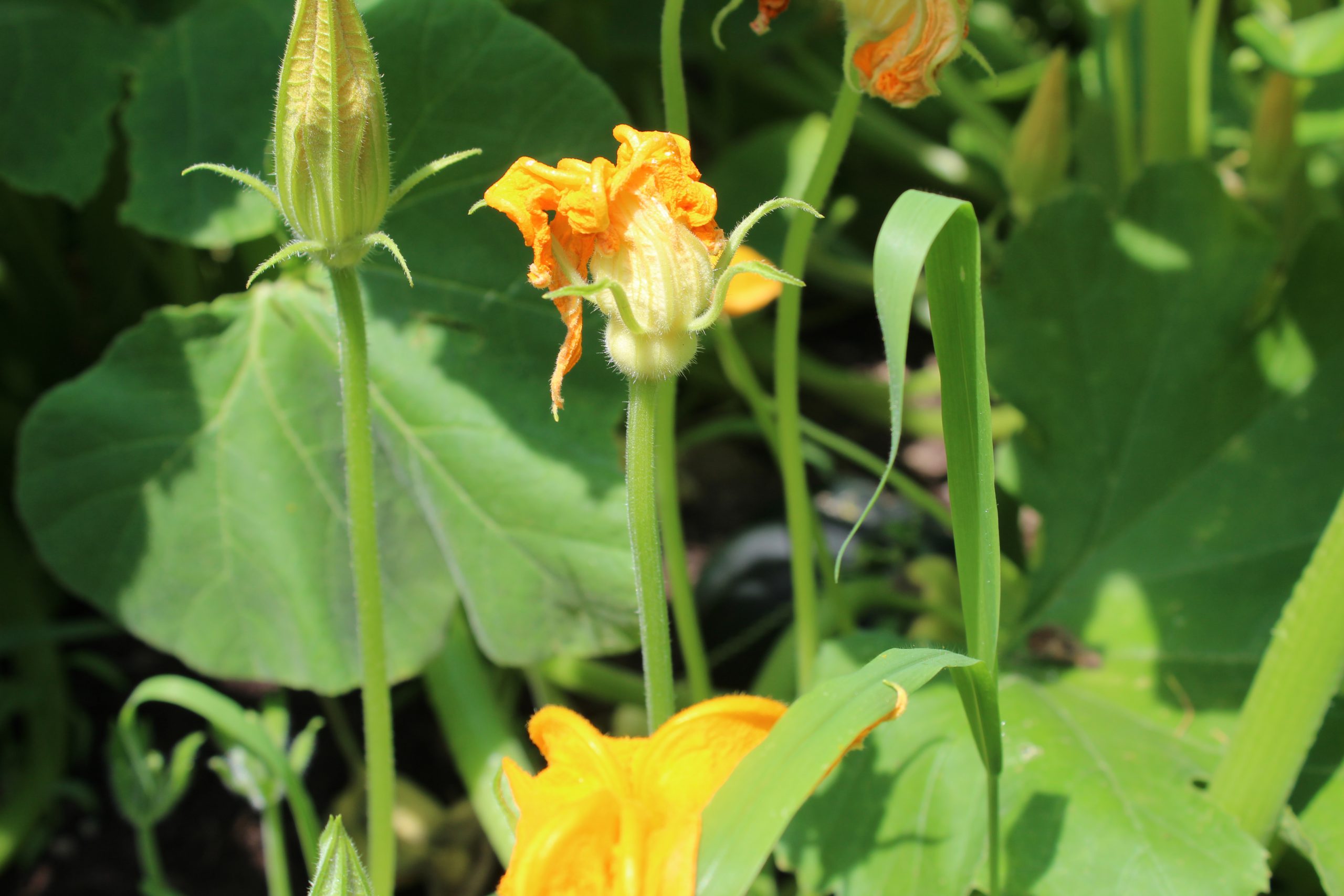
It is that time of year for me when I have to decide whether I am going to have the time and space for growing squash. Squash are warm-weather plants requiring daytime air temperature of at least 21°C (70°F) and soil temperature of at least 16°C (60°F). Mother Nature is taunting us this year with her frigid, unseasonable temperatures, but I am hopeful that she will reward our patience and soon give us good planting weather. By the end of May or the beginning of June, with no risk of frost in sight, I will be able to plant these warm-weather plants.
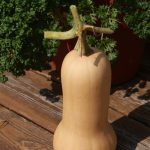
The seeds can be started, in compostable pots, 2-3 weeks prior to transplanting. So, I have decided to go ahead and start seeds of five different kinds of squash, indoors this week. For outdoor planting, I can get prepared with the first consideration for my plants being the soil. It will have to be rich, fertile soil with a lot of compost and be located in a sunny location. Secondly, I need a lot of space devoted to these plants since they need to be planted on average one metre apart, and the vining varieties of squashes can grow up to 15 metres in length.
Further consideration regarding spacing is that squash plants will cross- pollinate with other plants within the same species. For some, that can occur within a mile of proximity. This does not affect fruit production but, if you want to save the seeds for future planting, only plant one type of squash of each species. (The plants within each species will cross-pollinate resulting in seeds that will not be viable.)
Knowing that squash plants, especially winter squash, can vine up to 15 feet long and take up a lot of space, is it worth planting in a small yard? Well, I think so. The plants are beautiful, almost ornamental and it sure is exciting to spot your first zucchini or pumpkin on the vine. If space is your worry, one way to increase available space is to grow your vines up on a trellis, but for heavy fruit like pumpkin, once formed you will have to support this fruit through to maturity with netting.
We have had great success growing our cucumber vines on a trellis, and so this year, we are going to grow some of our squash vertically. Stay tuned for pictures!
Here are the squash plants that I have decided to grow in my garden this year.
Dark Green and Gold Rush Zucchini – species Cucurbita pepo- days to maturity: 50
This summer squash is one of my favourite plants to grow. It prefers to be grown from seed in warm soil, but will do fine from a transplanted seedling that has been grown in a compostable pot. We grow only two zucchini plants because one zucchini plant grown successfully will produce up to 16 zucchinis in a season. One tip that I can give you is that once the plant fruits, it is important to pick the fruit 4-8” in length regularly, as that will stimulate further fruit production.
Naked Bear Pie Pumpkin-species C.maxima- days to maturity: 105

I am particularly fond of this pie pumpkin because it has hull-less seeds which are ideal for roasting for eating and baking. My job is to roast the flesh of the pumpkins which I puree and freeze for use in the fall and winter months in baking and cooking. I set the seeds aside for my husband to roast, since this is one of his favourite fall snacks and he has perfected the art of roasting the seeds. His recipe and method for roasting the seeds, as well as many of my pumpkin recipes, will be added to the website in time for use in the fall. If large pumpkins are what you are after, allow only one pumpkin per vine to grow to maturity.
Tiana Butternut Squash -species C.moschata- days to maturity: 95
I love using butternut squash in my cooking. One of my favourite dishes to cook in the fall is my Butternut Squash, Brussels Sprouts and Bacon side dish and my favourite Easy Slow Cooker Butternut Squash and Apple soup. For this soup, I can prepare the vegetables and freeze them, which makes this soup a snap to put together in the winter. I have had really good success with growing butternut squash in my garden and look forward to growing it every year.
Baby Blue Hubbard Squash -Species C.maxima- days to maturity: 95
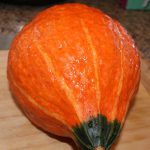
Intrigued by a dark orange hubbard squash at a farmer’s market one year, I purchased that variety of squash to try in my baking and cooking. The skin of this squash is very firm and I was almost turned off by this squash because it was very difficult to slice into. However, I will tell you that the flesh of this squash is so delicious that it is worth the trouble. Also, for people wondering about growing it, it is the best squash to grow for winter storage. Use a diluted bleach solution to wipe down the squash to kill bacteria and mold and this squash will last up to 5 months stored in a cold dark place!
This year intrigued, I decided to grow the blue-grey hubbard squash. Wish me success! Because I am growing pumpkin as well in my garden, I will not be able to save and use the seeds from either of these plants.
Acorn Table King Squash-C.pepo- days to maturity: 105
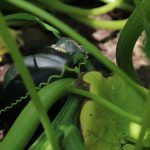 I have grown acorn squash with success in my garden, and I am excited about growing this variety this year. I chose to grow this squash because it is a better producer than many other squashes. This compact plant should produce 5-8 small (1 ½ pound) fruits, whereas most squashes only produce 2 – 4 fruits. The flavour for this squash (and many squashes) improves with storage, making it an ideal vegetable to plant for use in the fall and winter months.
I have grown acorn squash with success in my garden, and I am excited about growing this variety this year. I chose to grow this squash because it is a better producer than many other squashes. This compact plant should produce 5-8 small (1 ½ pound) fruits, whereas most squashes only produce 2 – 4 fruits. The flavour for this squash (and many squashes) improves with storage, making it an ideal vegetable to plant for use in the fall and winter months.
Uchiki Red Kuri Buttercup Squash- C.maxima days to maturity: 80
When choosing the squash varieties that I grow each year in my garden, I like to check out the days to maturity so that I can have squashes available for harvest at different times. I chose to grow this variety of squash, because it will mature in 80 days. In my area, we typically have hot weather at least until mid September but sometimes right up until the beginning of October. If you have a shorter growing season, you might want to choose this squash for your garden.
Review and more detail about how to plant and care for your squash plants.
- Plants need rich, fertile soil that has been amended well with compost.
- Choose a sunny location that is protected somewhat from the wind, if possible.
- Create a little hill that you will grow the plants in. The hill should be at least 12” in diameter and 6-8” high. The hilled soil will warm quickly in the sun and will improve drainage, both important factors for growing squash.
- Plan to plant seeds or transplant seedlings when there is no danger of frost.
- Add one cup of organic fertilizer to each hole prepared for planting. I have never added fertilizer after this but you can fertilize with a 5-10-10 fertilizer once a month.
- Plant 3-5 seeds or transplant 3-5 seedlings to a hill and then thin to one or two of the strongest vines. Check your seed package for specification of the variety you are planting.
- Plan to give a least 1 metre spacing between plants. Refer to your seed package for exact spacing.
- Some vines will grow up to 15 feet. So, plan for the vine to take up that much space or plan to prune the vine back after some fruit has formed. It will produce less fruit but all the energy of the plant will be directed into growing the existing fruit which will result in larger fruit. Keep in mind that some squash vines will only produce 2-4 fruits in total.
- Plan to remove malformed fruit that can occur early in the growing season. The fruit will not be useful and leaving it on the vine will just draw energy away from successful fruit formation.
- Once the plant is established, water deeply at the base once a week. Watering at the base will help prevent mildew.
- Plan to keep a consistent watering schedule. Extreme fluctuations in moisture can cause disease in your plants.
- Summer squash, like zucchini, need to be harvested regularly to stimulate more fruit production.
- Winter squash vines may require some pruning during the season to grow larger and better fruit. You can also discourage fruit rot by placing boards under fruit so they are not touching the soil as they mature.
- Plant flowers near your squash vines to improve pollination.
- Do not plant squash in the same area two years in a row. You want to discourage pests and problems and you do this by rotating your crops.
- Do not plant squash plants near potatoes.
- Plant squash plants near radishes, lettuce, peas and melons
- Nasturtiums and marigolds planted near your squash plants will be beneficial because they will repel pests.
- Winter squash will survive a light fall frost but will store better if picked prior to a frost.
Pests and problems:
Powdery mildew – As a preventative, apply bone meal around the base of the plant.
Here is a powdery mildew spray that you can prepare and spray on your plants once a week if needed:
-
- 1 tbsp baking soda
- 1 gallon of water
- 1 tsp dish soap
Or prepare: 1:9, milk to water in a spray bottle and spray at 7-10 day intervals
Cucumber beetles – These beetles will drain energy from the plant because they eat the leaves and fruit. You can cover your plants with a row cover until the flowers have formed. We just check our plants regularly and squash the beetles when we see them. Planting nasturtiums before planting your cucumbers is a good companion plant. Nasturtiums protect themselves by producing an airborne chemical that repels insects and so plants near them benefit from this protection as well.
Squash vine borers – Wasp-like moths lay larvae in the vine stems. You can be proactive and use a section of a pantyhose and cover the stem from about ½ inch below the soil up about 4 inches of the stem. This will prevent the laying of the eggs.
If you notice sawdust-like particles on the vine, this is the excrement. You can slice the vine to open to remove the larvae. If you bury that portion of the vine it will heal and the plant will continue to grow.
Blossom end rot – Will occur when the plant does not have consistent water intake.
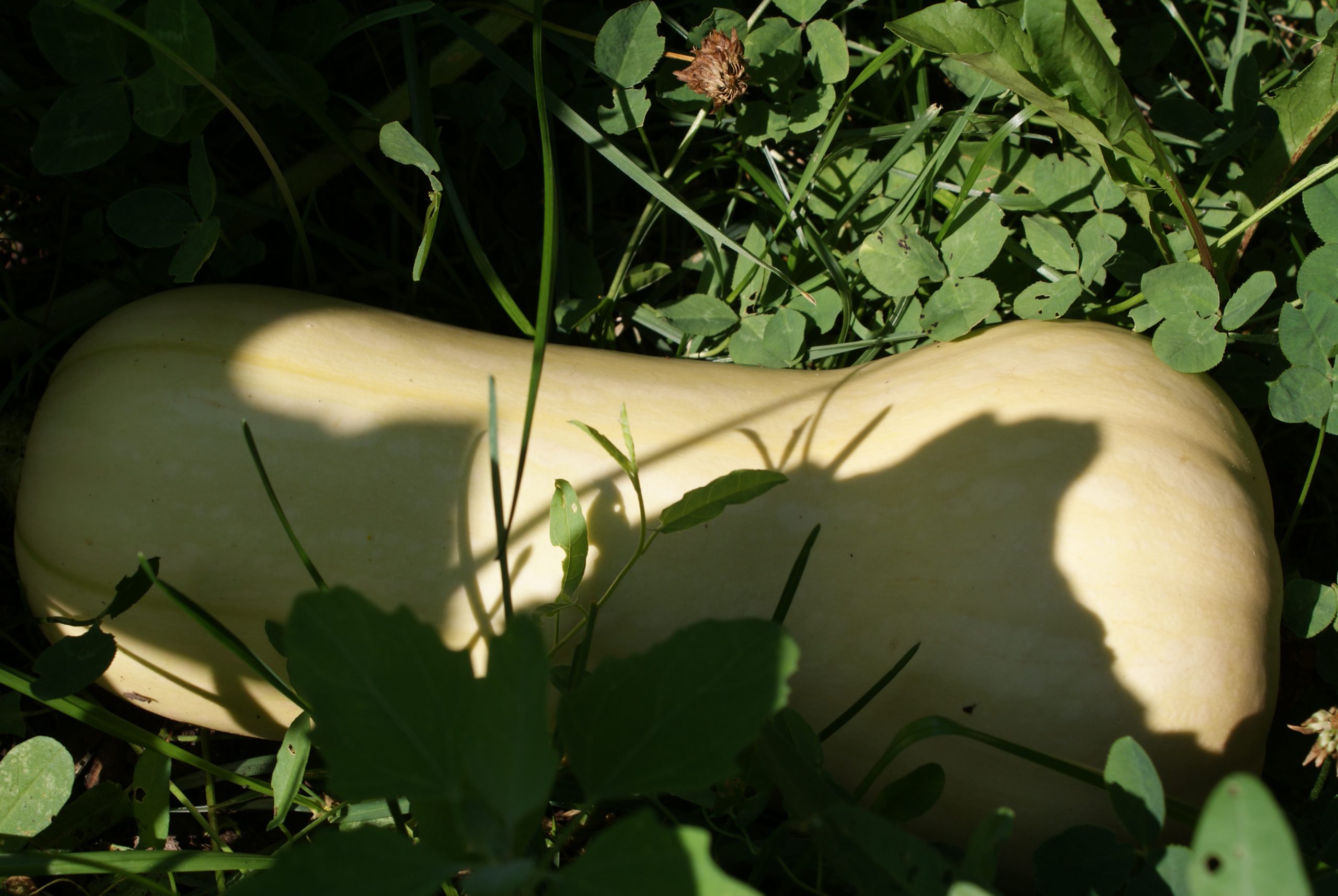
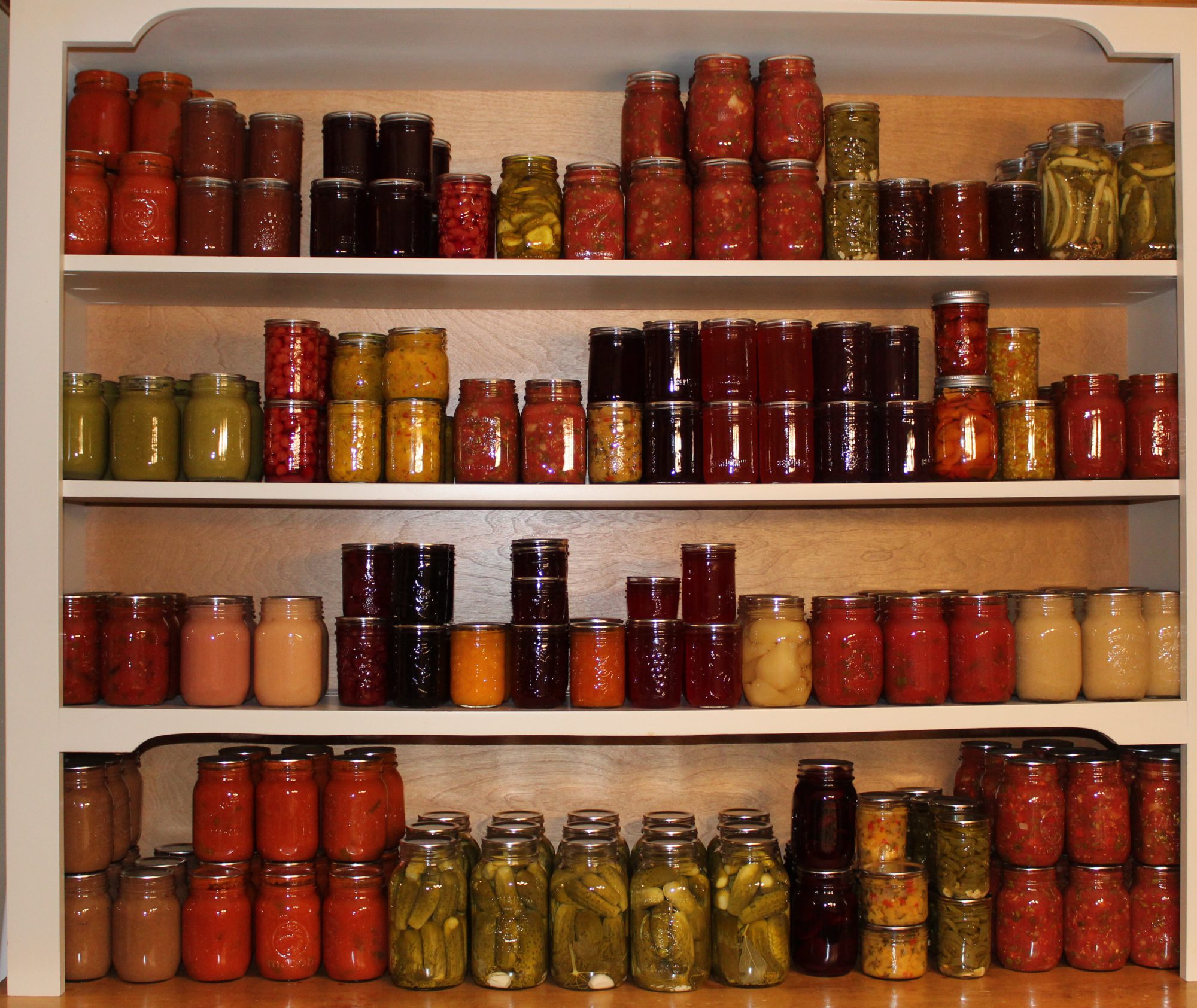
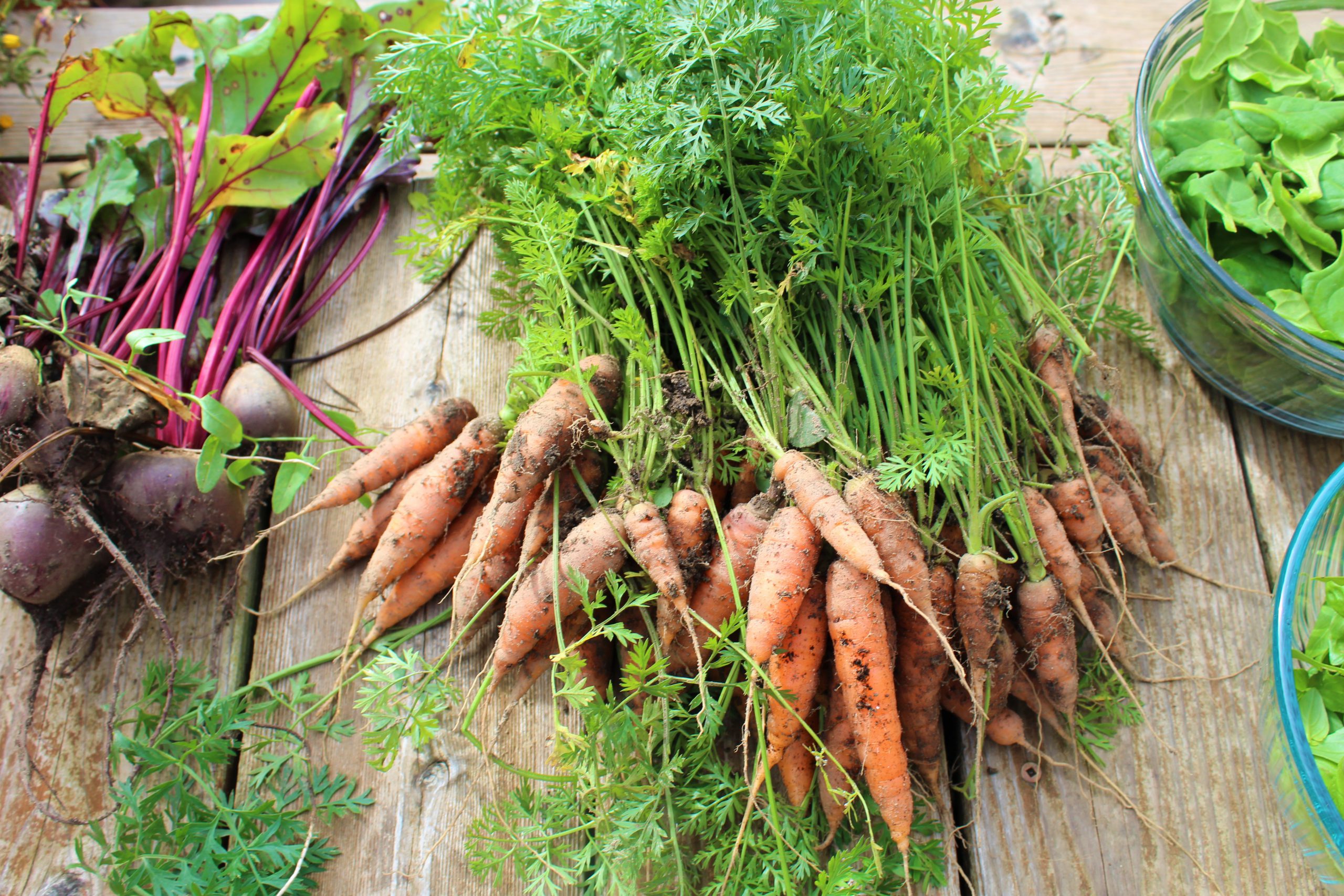
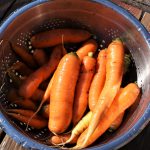
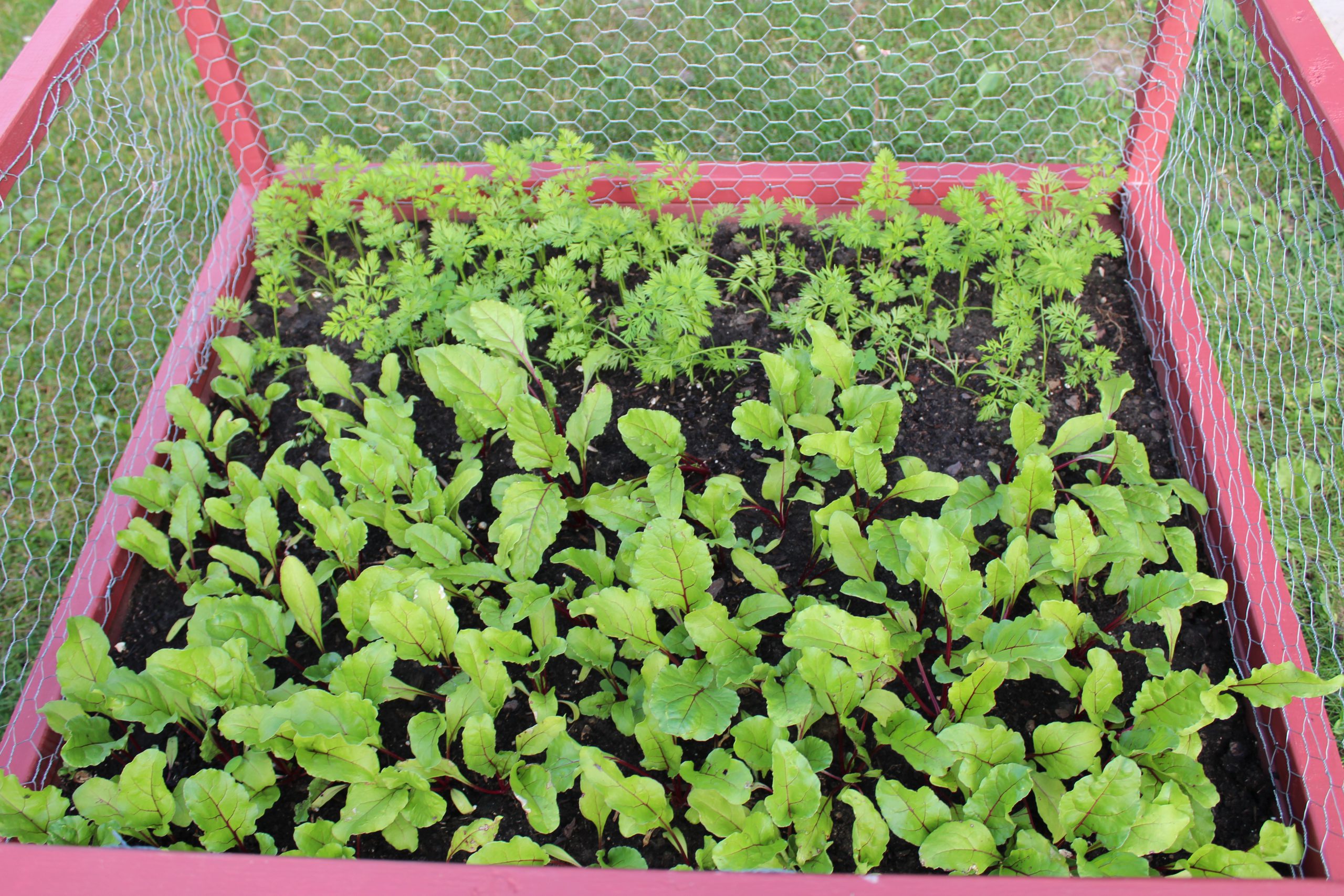
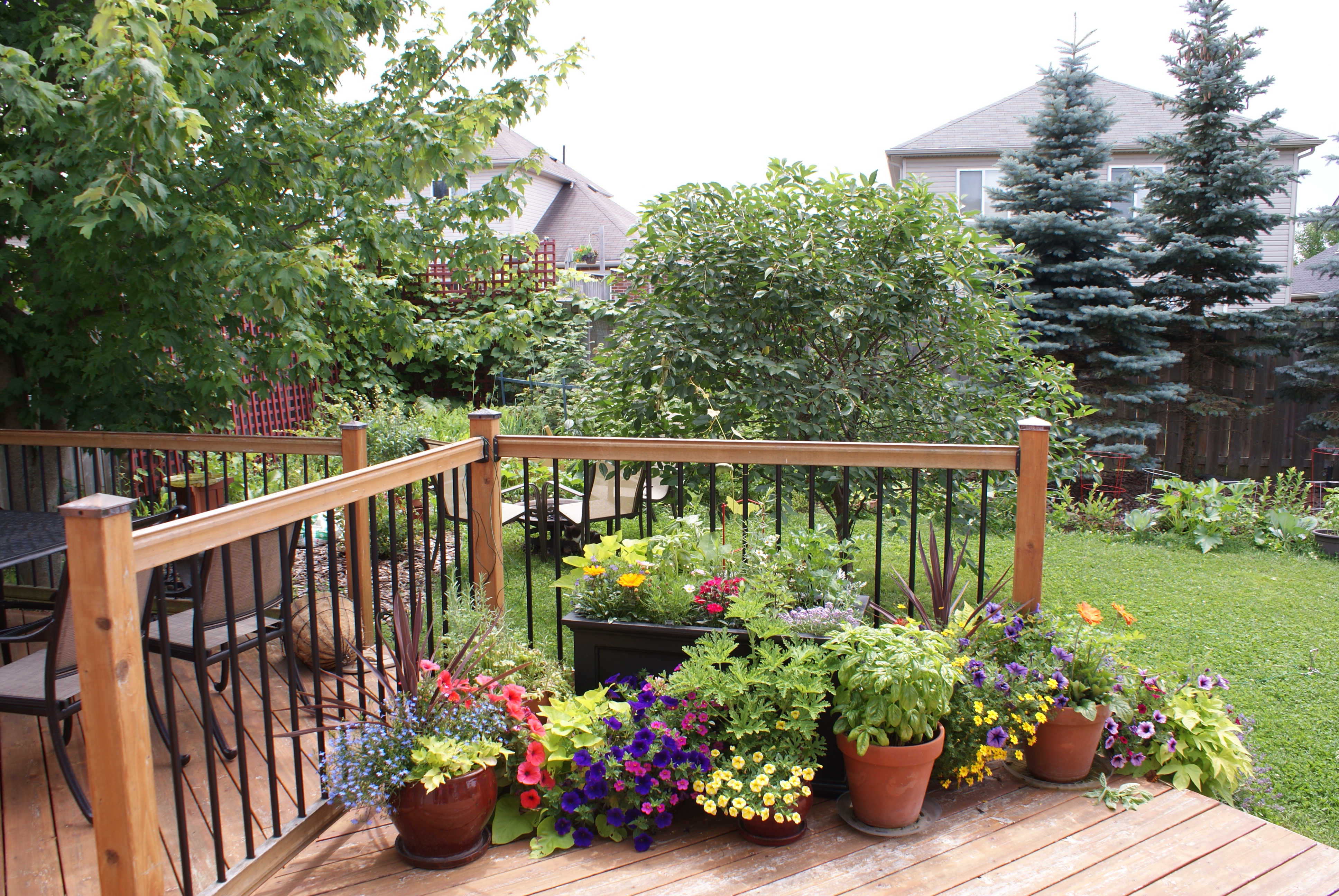
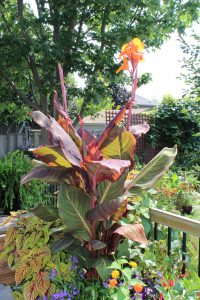
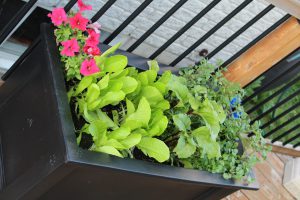


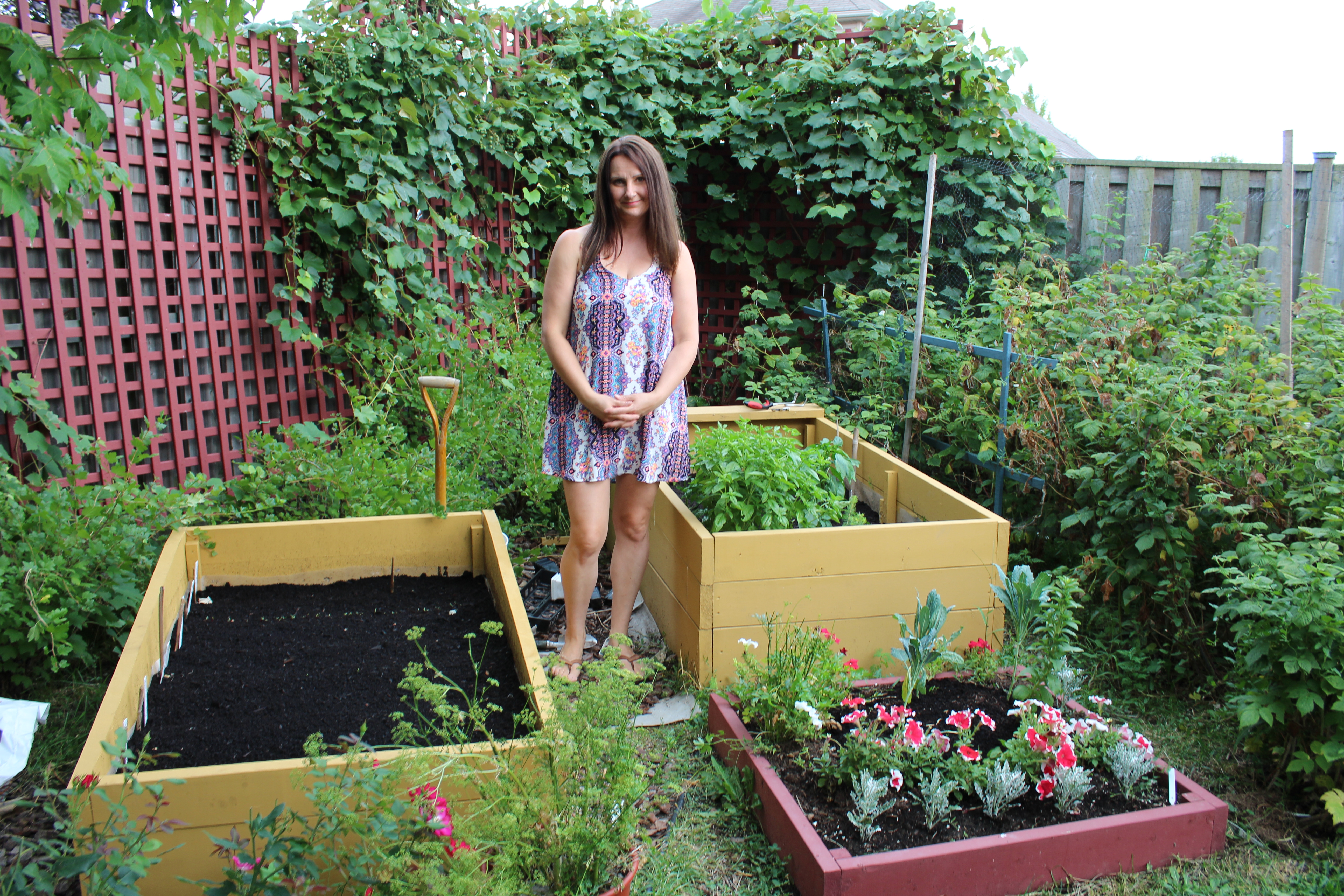
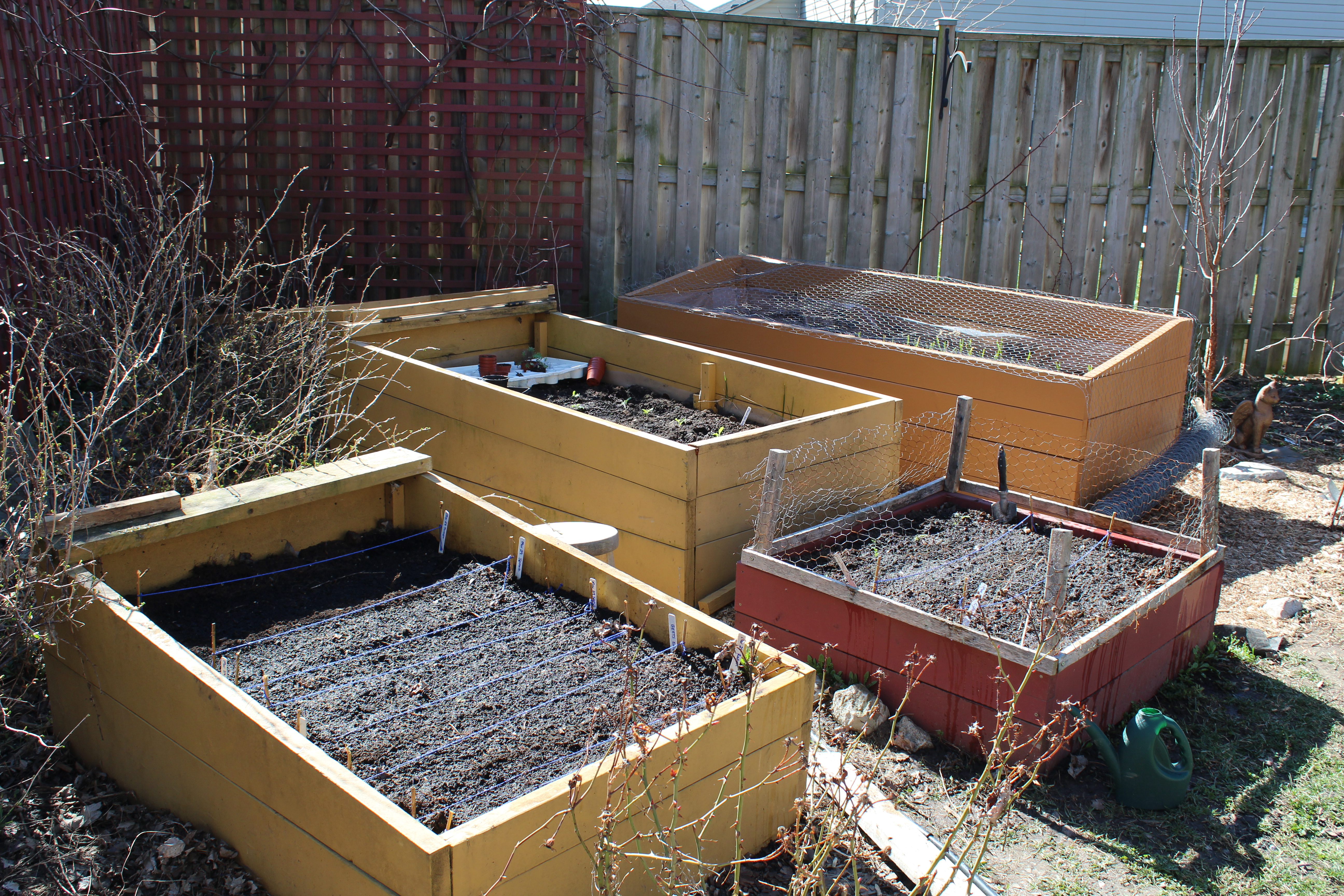
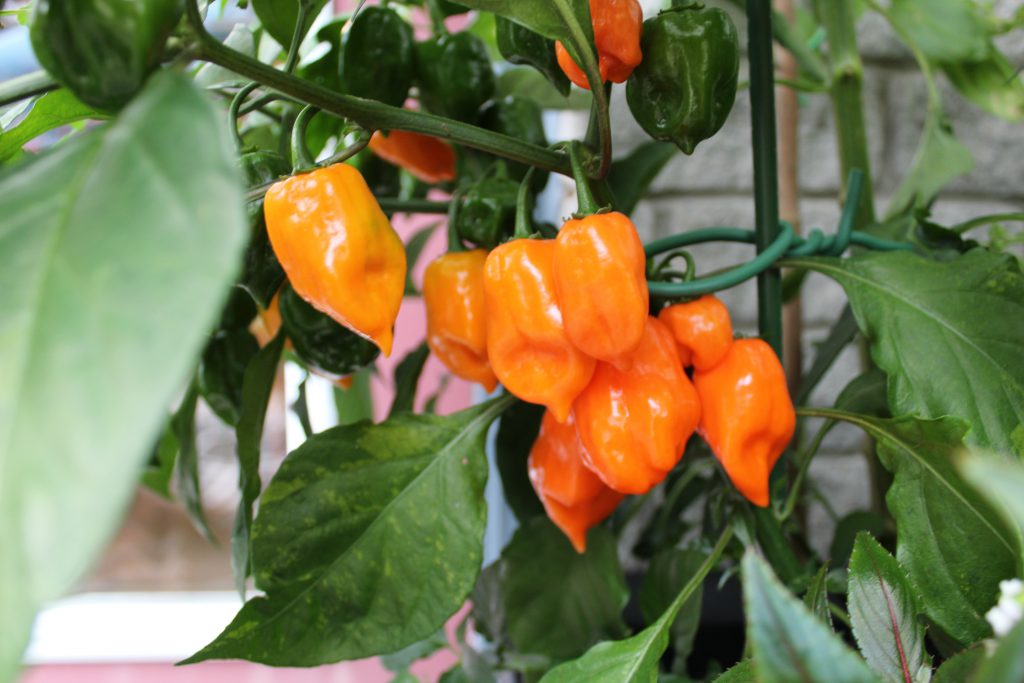
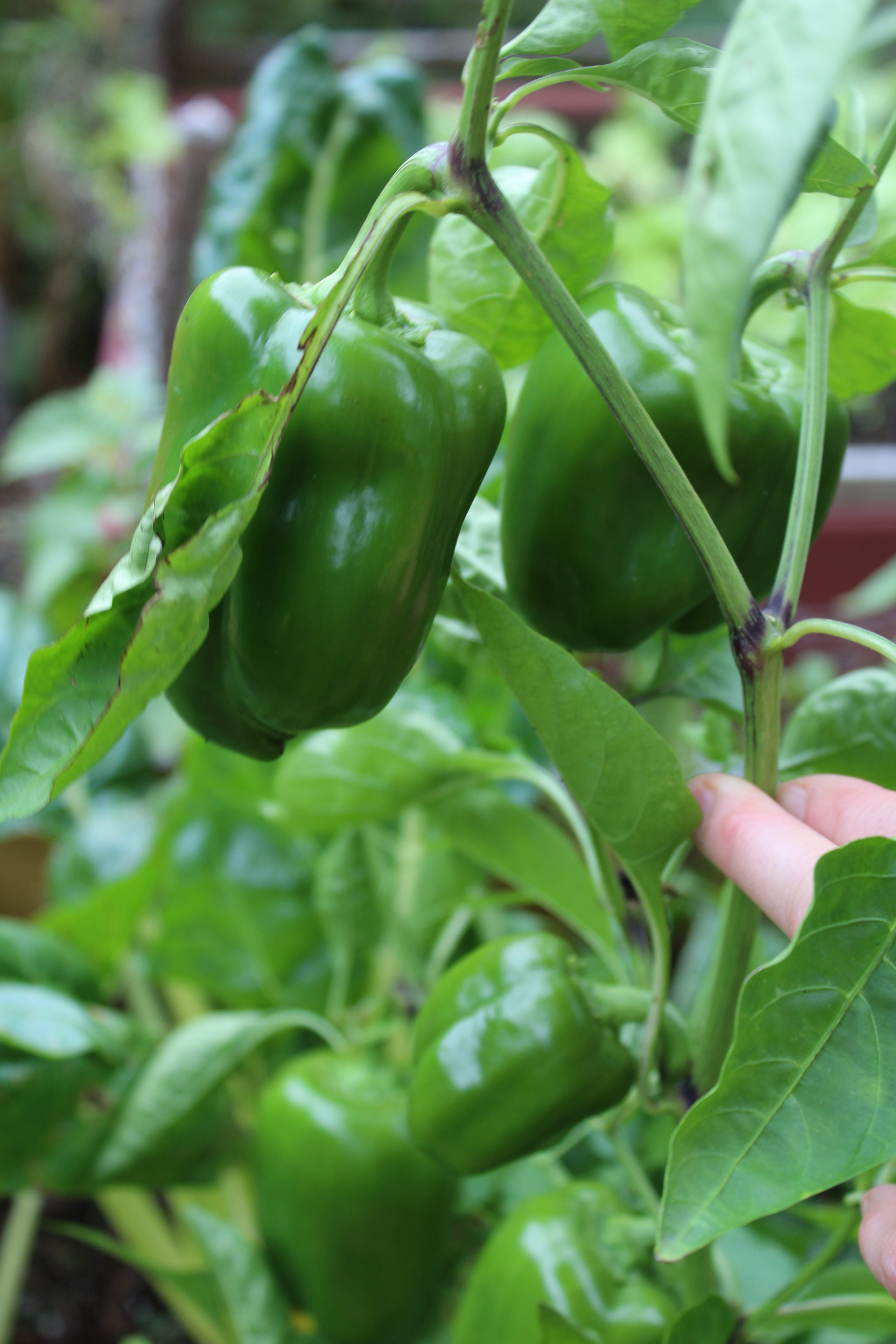 “Bell peppers” often just referred to as red, orange, yellow or green peppers are very nutritious. One red bell pepper has twice the amount of vitamin C as an orange! These nutrient packed vegetables also have vitamins A, B6, K, E and elements such as potassium, magnesium, phosphorus and manganese. Bell peppers are also full of antioxidants, making them a tasty super food.
“Bell peppers” often just referred to as red, orange, yellow or green peppers are very nutritious. One red bell pepper has twice the amount of vitamin C as an orange! These nutrient packed vegetables also have vitamins A, B6, K, E and elements such as potassium, magnesium, phosphorus and manganese. Bell peppers are also full of antioxidants, making them a tasty super food.
